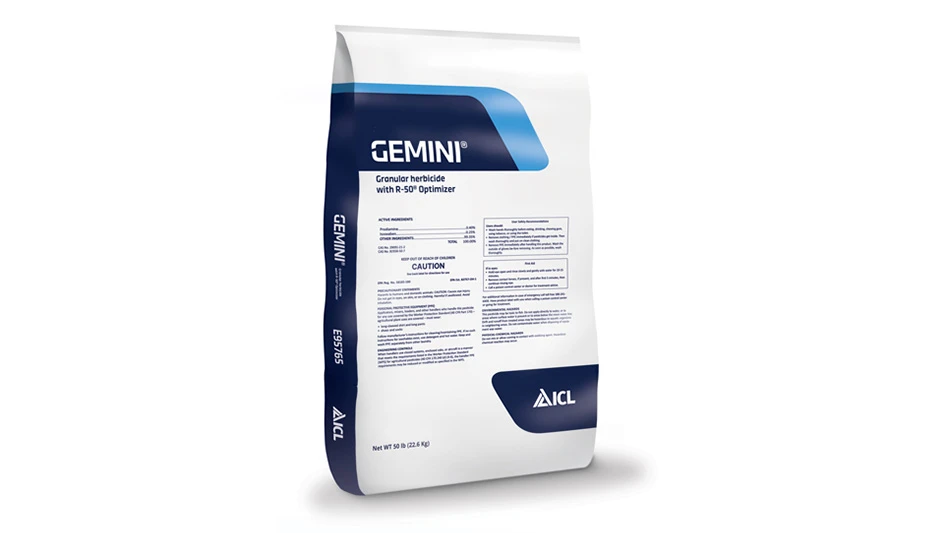 To make sure customers’ orders are on time and correct, growers must use a large amount of labor and resources, and must use them wisely. Studies show that locating the right plants and then moving them to the truck requires significant labor. And ensuring accuracy in quantity, quality, and variety, requires a plan.
To make sure customers’ orders are on time and correct, growers must use a large amount of labor and resources, and must use them wisely. Studies show that locating the right plants and then moving them to the truck requires significant labor. And ensuring accuracy in quantity, quality, and variety, requires a plan.
Here are some ideas for conserving labor while maximizing your shipping efficiency.
Develop a method to locate the right plants quickly.
Plants may be grown in many hoophouses or spread out among several growing blocks. Locating the right plants to fill an order can take up to one-third of the total shipping time. With several hundred varieties, sizes, and colors of plants grown, an orderly method of identifying and picking is important.
Handheld computers are available that can be programmed using bar coding to identify and locate plants in the growing area. When plants are placed, the location and count is entered into the computer. When ready to ship, punching in the ID number will locate the plants and indicate how many are available. When plants are removed, they are subtracted from inventory and the numbers are transferred to the computer at the office for invoicing.
Another method in use by smaller growers is to total the number of plants by variety and color for all the orders for a day. Crews then collect and move the total day’s needs to a central assembly area where the orders are filled. This adds extra handling but may be necessary if plants are located in separate greenhouses. This method works well if the orders are made up of plants or containers of many varieties.
Select a system for moving the plants to the shipping point.
A second part of the process that requires a lot of time has to do with getting the plants from the growing area to the shipping point. Time studies have shown it takes about 1.5 seconds to pick up or set down a flat. Add to this the average walking pace of 4 feet/second and you have considerable cost. There must be a better way than picking up two flats or large containers on one side of the block or hoophouse and then walking to a truck or trailer located at the other end.
Carts, wagons, overhead trolley conveyors, and sectional belt conveyors can reduce this walking time and speed up shipping.
Payback usually is short as the equipment has multiple uses.
 Carts will carry 20 to 40 flats at a time. For longer distances they can be connected together and pulled by an electric cart. Instead of a paved aisle, you could install a pair of less expensive sheet metal tracks that support and guide the cart down the aisle.
Carts will carry 20 to 40 flats at a time. For longer distances they can be connected together and pulled by an electric cart. Instead of a paved aisle, you could install a pair of less expensive sheet metal tracks that support and guide the cart down the aisle.
Wagons are generally larger and designed to carry more flats at one time. They can be connected in tandem and pulled by a power unit. Some growers drive along the sides of hoophouses and load the plants out the roll-up sidewall.
Trolley conveyors are a low-cost means of moving large quantities of plants. With the use of curves, switches and crossovers the plant carriers can be routed from the growing area to the shipping point. Plant carriers will hold from 15 to 30 flats and can be connected in tandem.
Portable belt conveyors, although more expensive than other plant moving equipment, are very versatile. Sections connect together easily and one drive unit will operate 100 feet or more of belt. Belt speed can be varied to suit the type of material being handled.
Improvements in shipping methods and equipment are still high on most growers list for improving overall plant handling efficiency.
Significant reductions in cost can be realized by adopting good identification techniques and mechanized plant handling methods.
Compiled by editors of sister publication, Greenhouse Management.
Get curated news on YOUR industry.
Enter your email to receive our newsletters.

Explore the October 2014 Issue
Check out more from this issue and find your next story to read.
Latest from Nursery Management
- March 2025 issue recap
- Gratitude as a marketing strategy
- Leading Women of Horticulture: Katie Dubow, Garden Media Group, and Aubry Field, Lizzy Blossom
- Leading Women of Horticulture: Arden Pontasch, North Creek Nurseries
- Super Charged Moon Juice from Moon Valley Nurseries now available nationally
- 2025 Proven Winners Horticulture Scholarship applications now open
- Leading Women of Horticulture: Anna Ball, Ball Hort, and Terri McEnaney, Bailey Nurseries
- Leading Women of Horticulture: Crystal Cady and Elizabeth Brentano





